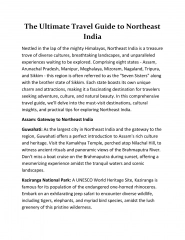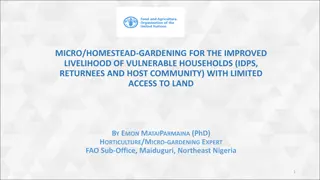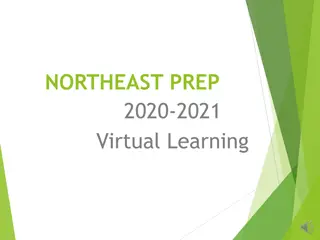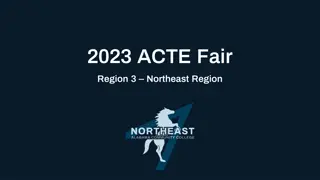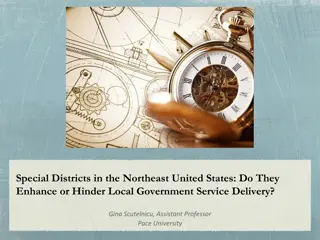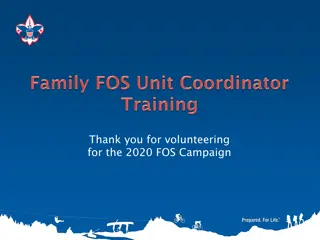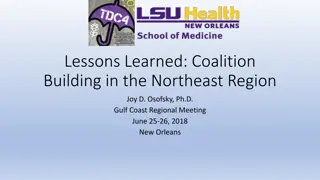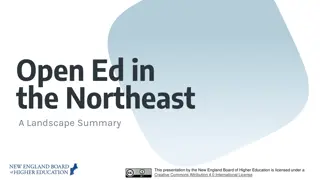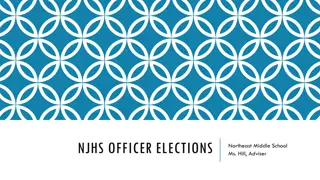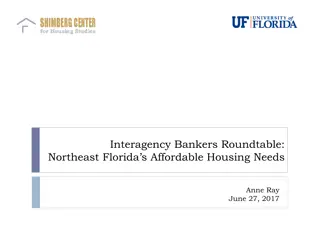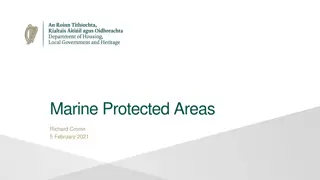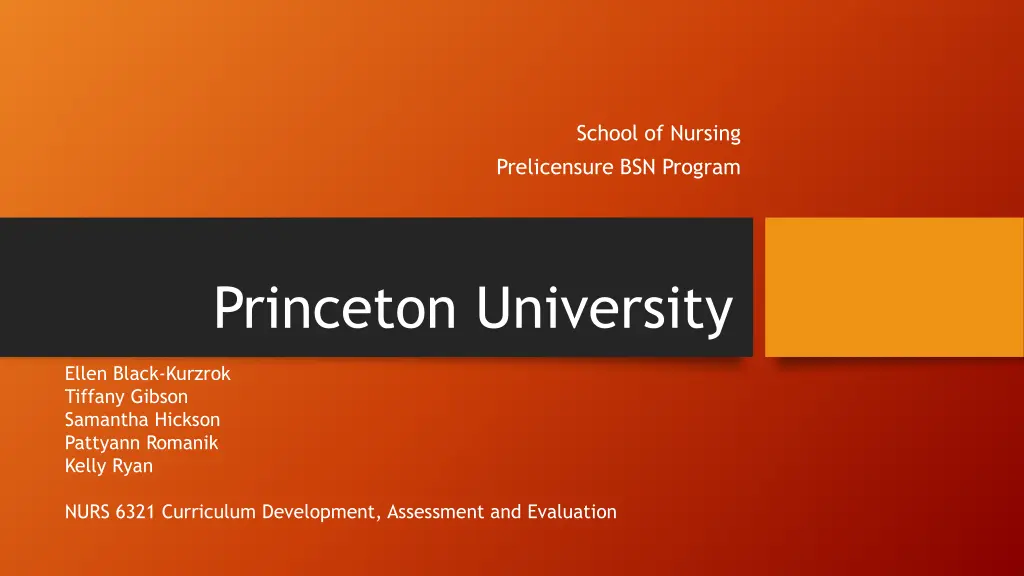
Princeton University Nursing Program and Community Health Overview
"Explore the School of Nursing Prelicensure BSN Program at Princeton University, along with details on the university, its students, financial aid, and the healthcare needs in Mercer County, New Jersey. Discover the external factors affecting nursing demand and future growth opportunities in the region."
Download Presentation

Please find below an Image/Link to download the presentation.
The content on the website is provided AS IS for your information and personal use only. It may not be sold, licensed, or shared on other websites without obtaining consent from the author. If you encounter any issues during the download, it is possible that the publisher has removed the file from their server.
You are allowed to download the files provided on this website for personal or commercial use, subject to the condition that they are used lawfully. All files are the property of their respective owners.
The content on the website is provided AS IS for your information and personal use only. It may not be sold, licensed, or shared on other websites without obtaining consent from the author.
E N D
Presentation Transcript
School of Nursing Prelicensure BSN Program Princeton University Ellen Black-Kurzrok Tiffany Gibson Samantha Hickson Pattyann Romanik Kelly Ryan NURS 6321 Curriculum Development, Assessment and Evaluation
Introduction Northeast region
Princeton University Fourth largest college in the United States Charted in 1746 Independent, coeducational, nondenominational institution Over 1,100 faculty members and about 5,200 undergraduate and 2,600 graduate students Princeton focuses on the arts and humanities, social sciences, natural sciences, and engineering Private university, member of Ivy League athletic conference Location: Princeton, New Jersey - Size of main campus: 180 buildings on 500 acres Undergraduate student-to-faculty ratio: 5:1
Princeton University Undergraduate students on financial aid: 60 percent In 2001, Princeton became the first university to offer every aid recipient a financial aid package that replaces loans with grant aid that students do not pay back As of August 2016, total applicants were 29,303, total admits: 1,911 and total enrolled equaled 1,312 Asian Americans make up 20% of the incoming class of 2020 49% of students in the class of 2020 are female and 51% are male
Princeton, New Jersey- Mercer County Mercer county has 4% of the state population and 7% of the state s medical services; hospitals, acute care facilities and a higher per capita rate of acuter care beds then the remainder of the state (Greater Mercer County Health Partnership, 2012). General needs of the population Additional physician/practitioner will be needed by 2020 in order to provide appropriate access for the community. Increased health prevention programs to combat obesity, heart disease and diabetes More screening programs for early intervention and treatment of cancers Primary school and high school programs to reduce the amount of childhood obesity Asthma reduction programs Increase in prenatal programs and screenings to improve outcomes
External Frame Factors Princeton University has a well established reputation in academics Excellent transportation infrastructure (Greater Mercer County Health Partnership, 2012) The demand for RNs for show a projective growth to 2,897,000 by 2025 which is a 21% increase (Greater Mercer County Health Partnership, 2012). New graduates that enter the workforce continue to grow substantially from 68,000 in 2011 to 150,000 annually in 2012 and 2013 (Greater Mercer County Health Partnership, 2012). 8 hospitals are within Mercer County (New Jersey Hospital Association, 2016) Currently a shortage of qualified nursing faculty in NJ (Gerolamo, Overcash, McGovern, Roemer & Blakewell-Sachs, 2011).
Demographics Population of Princeton, New Jersey (United States Census Bureau, n.d.) Series1, Asian, 13.5, 13% Series1, American Indian, 0.2, 0% Series1, Hispanic/Latino, 10.3, 10% Series1, Black, 6.4, 6% Series1, White, 72.1, 71% White Black Hispanic/Latino American Indian Asian
Internal Frame Factors Established science curriculum (Princeton University, 2016) Student support services in place Computer/writing labs (Princeton University, 2016) Library (Princeton University, 2016) Research (Princeton University, 2016) Academic advisors (Princeton University, 2016) Reputable financial aid record (Princeton University, 2016) Commuting and on campus accommodations (Princeton University, 2016) Diversity of student population (Princeton University, 2016)
Proposed Program Four year, traditional Bachelor of Science in Nursing program High caliber program Education in the sciences (Chemistry, Anatomy and Physiology, Microbiology), the foundations of nursing (Health Assessment, Pathophysiology, Pharmacology), and liberal arts education (English, Sociology, Psychology). Education delivered through multiple means including didactic, simulation, online, and clinical experiences. After completing this program, students would be prepared to provide quality nursing care for patients throughout the lifespan, while relying on critical thinking and evidence based care (Keating, 2016).
Overarching Theories and Frameworks Deep learning theory Allows for the nursing student to obtain facts and apply those concepts in the clinical setting. Students would also be able to receive a more conceptual understanding of information and relate meaning and relevance (Billings & Halstead, 2016). Closely related to the cognitive learning theory (Billings & Halstead, 2016).
Overarching Theories and Framework Cognitive learning theory Focuses on cognitive processes such as: Decision making Problem solving Synthesizing Evaluating. Keys to learning are learner s perception, thinking, memory, information processing, and organization (Keating, 2015). Allows for the student to have an active role in his or her learning experience. The student would discover meaning by learning how to think critically rather than memorize information (Billings & Halstead, 2016).
Curriculum Design 4 Year BSN program 140 credits required for program completion. Four classes per semester for a total of 32 classes over 4 years
Plan of Study Course Number Course Name General Nursing Practice Part 3 Nursing Care for Children and Adolescents Nursing leadership/ Professional Practice Community/Public Health Nursing Term Lecture Hours Clinical Hours Credits NUR 111 Senior Year/Fall 2 2 4 NUR 112 Senior Year/Fall 2 2 4 NUR 113 Senior Year/Fall 4 4 NUR 114 Senior Year/Spring 2 2 4 NUR 115 Nursing Research Senior Year/Spring 4 4 NUR 116 Maternity Nursing Senior Year/Spring 2 2 4
Master Plan - Evaluation Responsible Party Princeton University Faculty, Princeton University Board, Students and Dean Nursing Faculty Members, Princeton University Administrators and Dean Princeton University Board, Nursing Students and Dean When and How Often Every year in the fall Evaluation Models Formative Benchmarking Summative Evaluation Strategies Observation, oral communication Mission and Value Individual Courses At conclusion of every course Formative Benchmarking Summative Student surveys, student test results, faculty focus groups Institutional Environment Every year in the fall Benchmarking Formative Faculty focus groups, observation, oral communication
Evaluation Direct and Indirect Methods Student surveys Test Results Faculty focus groups Syllabus review
Evaluation Benchmarking Program completion rate NCLEX passage rate State and national standings Formative Staff and student satisfaction Measuring student outcomes Summative Graduation success rate Alumni achievements Graduate satisfaction
References Billings, D. M., & Halstead, J. A. (2016). Teaching in nursing: A guide for faculty (5th ed.). St. Louis, MO: Elsevier. Gerolamo, A. M., Overcash, A., McGovern, J., Roemer, G., & Bakewell-Sachs, S. (2014). Who will educate our nurses? A strategy to address the nurse faculty shortage in New Jersey. Nursing Outlook, 62(4), 275-284. doi:10.1016/j.outlook.2014.04.005 Greater Mercer County Health Partnership. (2012). Mercer County: Community Health Assessment report. Mercer County: Health Resource in Action. Retrieved from http://slrc.org/pdf/gmphpcha.pdf Keating, S. B. (2015). Program Evaluation. In K. S. B, Curriculum Development and Evaluation in Nursing (3rd ed.). New York: Springer Publishing Company, LLC.
References New Jersey Hospital Association. (2016, April 8). New Jersey Hospitals by County. Retrieved from New Jersey Hospital Association: http://www.njha.com/media/56359/HospitalListandMap.pdf Princeton. (n.d.). Profile of Princeton. Retrieved from http://www.princetonnj.gov/P-profile.html Princeton University. (2015) Facts and figures. Retrieved from https://www.princeton.edu/main/about/facts/ United States Census Bureau. (n.da.). American FactFinder. Retrieved from http://factfinder.census.gov/faces.tableservices/jsf/pages/productview.xhtml?src=bkmk United States Census Bureau. (n.db.). Welcome to QuickFacts: Princeton, New Jersey. Retrieved fromhttp://www.census.gov/quickfacts/table/PST045215/3460900

